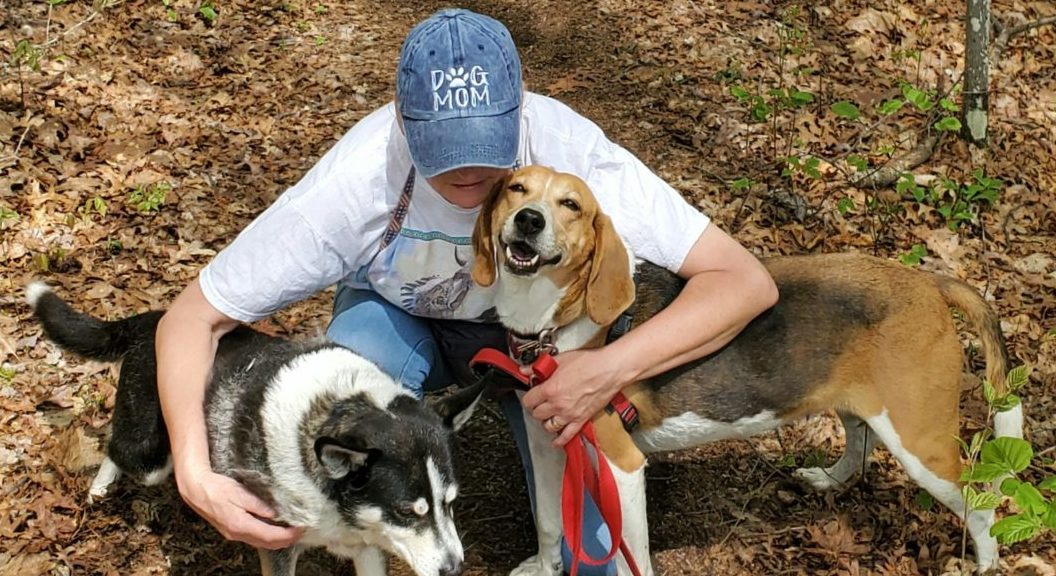This post first published on Care2.com
April is American Red Cross Pet First Aid Awareness Month and a perfect time of the year to learn how to build a pet first aid kit at home.
When our foxhound Bella lay on the couch beside me last night with her paw resting in my hand I realized that it was time for a nail-cutting session. That also meant pulling out the first aid kit to grab styptic powder just in case I cut too close to the quick. I’m careful to avoid this, but accidents do happen. It’s important to be prepared.
The American Red Cross Dog and Cat First Aid online offer courses teaching owners what to do in the case of an emergency until veterinary care is available. That includes having easy access to a pet first aid kit.

While pet first aid kits can be purchased through the American Red Cross or at many local pet stores you can also build a pet first aid kit at home.
WHAT TO INCLUDE IN A DIY PET FIRST AID KIT
These recommendations come from the ASPCA Animal Poison Control Center.
Make sure your kit includes:
- absorbent gauze pads
- adhesive tape
- cotton balls or swabs
- fresh 3% hydrogen peroxide to induce vomiting (Always check with veterinarian or animal poison control expert before giving to your pet.)
- ice pack
- disposable gloves
- scissors with a blunt end
- tweezers
- OTC antibiotic ointment
- oral syringe or turkey baster
- liquid dishwashing detergent (for bathing)
- towels
- small flashlight
- alcohol wipes
- styptic powder
- saline eye solution
- artificial tear gel
- phone number, clinic name and address of your veterinarian as well as local veterinary emergency clinics (along with directions)
- phone numbers to a poison-control center hotline (The ASPCA poison-control center can be reached at 1-800-426-4435.)

ADDITIONAL PET FIRST AID KIT ITEMS
In addition, the Humane Society of the United States recommends including the following items in your pet first aid kit.
- pet first aid book
- paperwork for your pet in a waterproof container or bag (This should include proof of rabies-vaccination status, copies of other important medical records and a current photo of your pet, in case he gets lost.)
- nylon leash
- self-cling bandage (Bandage that stretches and sticks to itself but not to fur—available at pet stores and from pet-supply catalogs)
- muzzle or strips of cloth to prevent biting (Don’t use this if your pet is vomiting, choking, coughing or otherwise having difficulty breathing.)
Be sure to take inventory of your pet first aid kit every few months to replace missing items and check expiration dates. Always keep your kit out of reach of children and pets. And make sure to pack the kit when taking your pet along on vacations or camping trips.
Photo credits: Thinkstock
